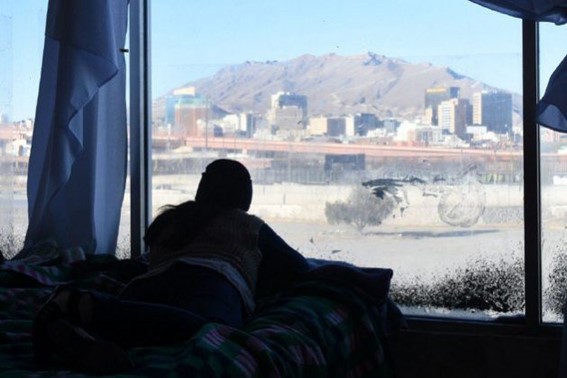Mexico: Too Many Victims and Few Shelters

By Rosi Orozco (IPS)
HAVANA TIMES – In March 2014, Noemi N. took her own life inside a refuge camp in Ciudad Juarez, Chihuahua, where up until now there are no specialized shelters for victims of human trafficking.
Noemi N hung herself with a shower curtain around her neck after being rescued from a migrant smuggler who took her to be sold in the US without any personal documents. She was only 8 years old.
Her death started a news wave about the victim shelters in Mexico where the most conservative figures indicate 120,000 new human exploitation victims each year, mainly girls and women.
The Mexican criminals who lead this racketeering are as varied as they are dangerous. They compose of 47 groups, ranging from entire families dedicated to sexual exploitation to the most powerful cartel in the world, Jalisco Nueva Generación, considered as the most important touristic destinations encouraging sexual tourism.
The criminals create a spike in victims, while the country suffers a shortage of safe places where the victims can be protected, can seek justice and start a new life. Only four Mexican states have a government specialized shelter.
These government buildings often run with a limited budget and reduced staff capacity who work extra hours to attend to the 1% of victims who manage to flee from their captors and survive to tell their story.
The rest of the Mexican shelters —about 10— are administrated by non-governmental organizations that go to enormous lengths to keep them open and staffed through donations and lotteries.
Comisión Unidos Vs Trata and Fundación Camino a Casa are pioneering civil organizations in the creation of these safe spaces. Their shelters have housed more than 300 survivors since 2007 and they do not rely on governmental funds.
In Mexico, the last three federal administrations have been held by three different political parties: the conservative Acción Nacional, the centrist Revolucionario Institucional, and the leftist Morena.
Due to these political changes, an economic model that requires money from the government would make shelters dependent on each election campaign.
Only the independence of political power guarantees that these safe spaces remain open every day of every year, regardless of any events including the elections.
However, that freedom has its costs. Sometimes very high costs. For example, human rights defenders who run shelters never know exactly how much they will be able to raise each year and whether that money will be enough to cover the basic needs.
Each survivor requires an investment of about $ 900 per month for food, clothing, legal services, medical and psychological fees, school assistance and some recreation or fun.
Also, other costs vary according to each victim: Comisión Unidos Vs. Trata and the NGO Alas Abiertas have arranged free reconstructive surgeries for Zunduri, tortured at a dry cleaners; the purchase of two vehicles so that Erika and Estrella, forced into prostitution, could have an income by driving taxis; or the salary for one of the best activists in the world, Karla, who survived more than 43 thousand rapes since she was 12 years old.

And, of course, there is the safety issue. A shelter is the last barrier between a victim and a perpetrator. It is where a victim recovers, gets healthy, empowered, speaks up and decides to start a judicial investigation against her perpetrator.
That is why shelters are targeted by organized crime. Criminals locate the houses, watch over them, stalk those who go in and come out of there, chase up to the courts and send death threats expecting that the walls that protect their victims are pulled down or demolished.
The risk also extends to the legal field of those who manage the shelters. These are places where users have a high chance of committing suicide, physically assaulting the staff who care for them… even sexually assaulting other survivors.
These are complex, but also wonderful spaces. Without the shelters, it would be impossible to have more than a thousand sentences against human traffickers, especially in Mexico City and the State of Mexico, where authorities have done an extraordinary job keeping shelters open, despite the difficulties and repeated violence.
This month, the Secretary of the Interior of the Mexican government, Olga Sánchez Cordero, made a historic announcement: the current government will seek greater ties with civil society shelters to advance in the defense of human rights.
The frequent visits from the government to oversee the daily operations of these shelters give hope and open a new chapter in the cooperation between authorities and activists.
For this reason, millions of us dream of opening a shelter in each entity of the country, due to its incalculable value for a country that yearns for peace and justice.
*The author is a human rights activist who opened the first shelter for girls and teenagers rescued from sexual commercial exploitation in Mexico. She has published five books on preventing human trafficking; she is the elected Representative of GSN Global Sustainability Network in Latin America.





